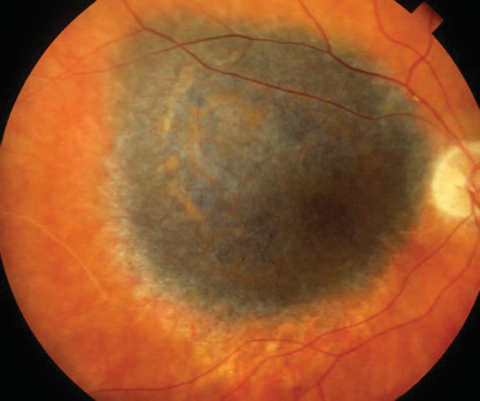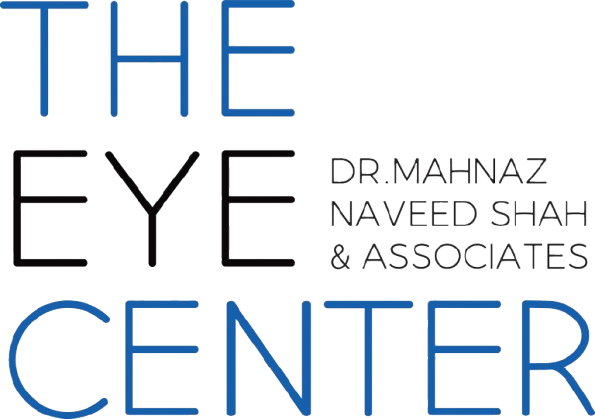Choroidal nevus, also known as a choroidal mole, is a benign growth that occurs in the choroid layer of the eye. The choroid is a layer of tissue that lies between the retina and the sclera, the white outer layer of the eye. Choroidal nevi are relatively common and are usually discovered during a routine eye exam.
Choroidal nevi are usually small and do not cause any symptoms. They are typically discovered by an eye doctor during a routine eye exam and are closely monitored for changes over time. Choroidal nevi are classified based on their size and other characteristics, such as the presence of fluid or pigmentation.
While choroidal nevi are generally benign and do not require treatment, they can occasionally develop into a more serious condition known as choroidal melanoma. Choroidal melanoma is a rare but serious form of eye cancer that can cause vision loss or even spread to other parts of the body.
The risk of a choroidal nevus developing into choroidal melanoma is very low, but doctors will closely monitor the nevus for any changes in size, shape, or color that may indicate the development of melanoma. Risk factors for choroidal melanoma include older age, light-colored eyes, and a family history of the condition.
Diagnosis of choroidal nevus typically involves a comprehensive eye exam, including dilating the pupil to examine the back of the eye. Imaging tests such as ultrasound or optical coherence tomography (OCT) may also be used to get a closer look at the nevus and determine if there are any signs of growth or other abnormalities.
Treatment for choroidal nevus is generally not necessary, as the condition is benign and does not usually cause any symptoms or vision problems. However, regular monitoring is necessary to detect any changes that may indicate the development of choroidal melanoma. In some cases, treatment may be necessary if the nevus is causing symptoms or interfering with vision.
In conclusion, choroidal nevus is a benign growth that occurs in the choroid layer of the eye. While the nevi are usually small and do not cause any symptoms, they can occasionally develop into a more serious condition known as choroidal melanoma. Regular monitoring by an eye doctor is necessary to detect any changes that may indicate the development of melanoma. Anyone with a choroidal nevus should discuss their risk factors and monitoring plan with their eye doctor.
At The Eye Center- Dr. Mahnaz Naveed Shah & Associates our team of eight ophthalmology subspecialists/ eye specialists, eye surgeons who are considered amongst the very best eye specialists in Karachi and in Pakistan, have the diagnostic and treatment capabilities to treat from the simplest to the most complex patients. We work hard to provide our patients with the best possible medical and surgical eye care, in a state of the art purpose built eye care facility. We offer the entire array of medical, laser and surgical treatments to help provide patients the best possible care in the most efficient, safe and ethical manner.
If you need an appointment, please contact us at 03041119544 during our working hours or leave us a WhatsApp message at +923028291799 and someone will connect with you. Walk-in appointments are also available for emergencies. We can also be reached through our web portal on www.surgicaleyecenter.org

